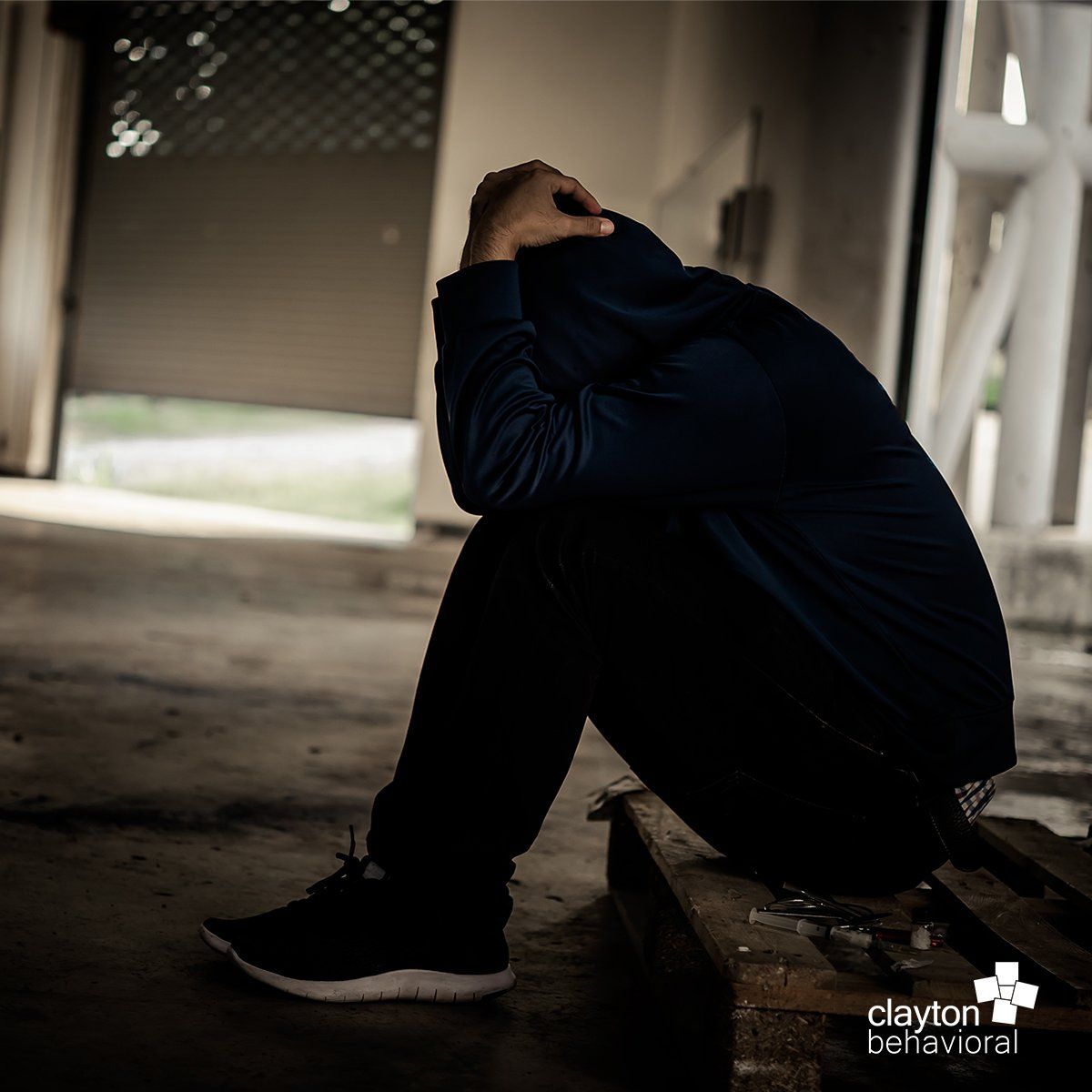Monitoring The Future 2018 Survey Results: What You Need To Know

The results are in and the message is pretty clear: youth e-cigarette use has reached epidemic levels.
Released once every year, the Monitoring The Future (MTF) survey measures drug and alcohol use and related attitudes among adolescent students nationwide. This year, 44,482 students from 392 public and private schools participated in the latest Monitoring the Future survey—and the results are causing quite a stir.
From drugs and alcohol to the latest vaping craze, here’s what you need to know about the 2018 Monitoring The Future survey results.
Most teen drug use is down
Before we dive in, let’s start with some good news. According to the 2018 results , teen smoking is still at the lowest point since Monitoring the Future’s annual survey began 44 years ago. With only 3.6 percent in 2018, the number of daily high-school smokers is down from more than 22 percent a couple decades ago.
As for other substances, the numbers are also down. For example, despite the ongoing opioid epidemic , less than 1 percent of high school seniors use heroin. Additionally, the percentage of senior prescription opioid use dropped to 3.4 percent from the 4.2 percent a year earlier. Consider the decline in binge drinking and the use of other drugs like cocaine and MDMA at historically low levels, parents everywhere should be breathing a sigh of relief, right?
Unfortunately, not quite. Although teens are saying ‘no’ to these harmful substances, there’s yet another trend that has top health officials looking at a problem ‘that needs immediate attention.’
Teens turn towards vaping
Increases in teen vaping from 2017 to 2018 was the largest single year increase in the use of a single monitored substance ever recorded since the survey began 44 years ago.
Following the Centers for Disease Control and Prevention’s report in October , MTF is now the second major survey to confirm that e-cigarette use among teenagers is soaring, showing an increase from 11 percent in 2017 to 21 percent in 2018.
Although these numbers are worrisome, they aren’t all that surprising considering Food and Drug Administration Commissioner Scott Gottlieb declared youth vaping an ‘epidemic ’ back in November of 2018.
Since then, there have been numerous attempts to thwart underage sales from manufacturers like Juul —the e-cigarette company that originally developed its product to act as an alternative for adult smokers but quickly became popular to a younger demographic.
Robin Koval, CEO of the Truth Initiative (a nonprofit tobacco-control organization), tells USA TODAY that, in addition to the industry being largely unregulated, kids have been able to get their hands on e-cigarettes in ways that are a lot easier to use than your typical cigarette.
“Once you are addicted to nicotine, you are addicted to nicotine. It’s very concerning to have made all this progress (against smoking) and to be sitting on a ticking time bomb of what kids are at risk for in the future," says Koval.
With the percentage of high school seniors using e-cigs now up 91 percent from last year, the MTF results are just the latest to prove that use of these nicotine-filled products continue to pose a problem to the health of today’s younger generation.
Is your teen vaping, using drugs or alcohol or engaging in other behaviors that concern you? It can be difficult to set limits with a teen, but the parent-teen relationship is crucial for preventing serious substance and behavioral problems. Call us to schedule a consultation at 314-222-5830, visit our website or send us an email for more information.

Contact Us
9890 Clayton Rd, Suite 100
St. Louis, MO 63124
Annex
9904 Clayton Road, Suite 135
St. Louis, MO 63124








